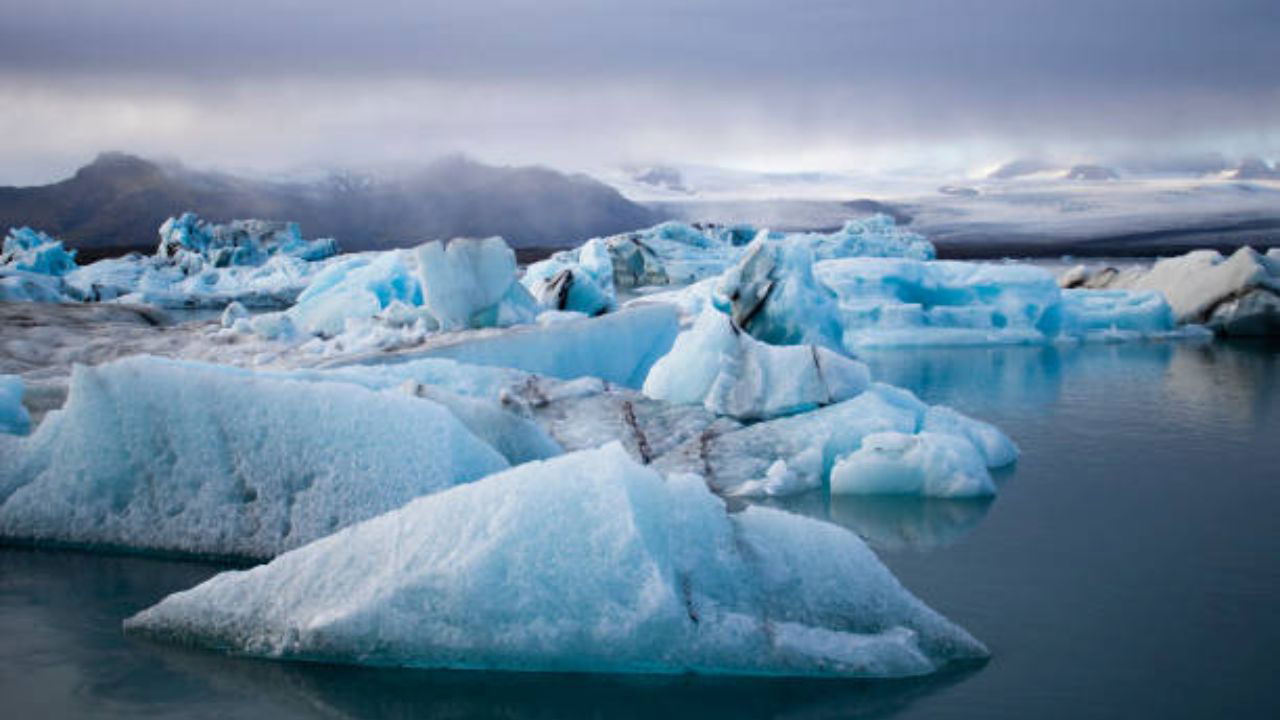
Recent studies based on ice cores collected from Greenland have provided new insights into the abrupt climate events that occurred during the last Ice Age, known as Dansgaard-Oeschger events. This research, which spans up to 120,000 years, offers a deeper understanding of how these events unfold and what they might mean for the future of Earth's climate.
While it may sound like the premise of a Hollywood disaster film like The Day After Tomorrow, these sudden climate shifts are not fiction. The rapid changes in climate, triggered by shifts in ocean circulation, were a regular occurrence during the last Ice Age, which ended more than 11,000 years ago. In these events, the Earth experienced dramatic cooling, which was accompanied by significant disruption in weather patterns and ocean currents, pushing the planet toward a new 'Ice Age' for a period of time.
The research, published in the Proceedings of the National Academy of Sciences, reveals that these events are linked to a phenomenon known as the Dansgaard-Oeschger cycle, which was caused by the rapid and sometimes abrupt switching of the Atlantic Meridional Overturning Circulation (AMOC)- the system of ocean currents that includes the Gulf Stream.
The Gulf Stream, which brings warm tropical waters to the North Atlantic, plays a crucial role in regulating Earth's climate. When the AMOC collapses or weakens, as it did during the last Ice Age, it leads to a sharp cooling in the North Atlantic region, including Europe, and disrupts monsoon systems in parts of Asia and India.
Christo Buizert, an associate professor at Oregon State University and the lead author of the study, emphasizes the importance of understanding these tipping points in the climate system, as they could lead to irreversible and catastrophic changes. The findings underscore the potential risks of a weakened AMOC, which climate models suggest could be a consequence of global warming.
The study also examined ice cores from across Greenland, including areas that had not been extensively studied before, such as southern and coastal eastern Greenland. This additional data, combined with new climate modeling techniques, has revealed that interactions between the AMOC and wintertime sea ice were key to triggering Dansgaard-Oeschger events.
Earlier research had focused on sea ice from the Nordic Seas north of Iceland, but the new analysis suggests that winter sea ice during these events would have extended as far south as 40 degrees latitude- reaching areas like modern-day France and New York City.
While the AMOC has been relatively stable over the past 11,700 years, Buizert warns that it is at risk of weakening again due to current climate conditions. This weakening could occur for different reasons than those that caused abrupt shifts during the Ice Age, but the underlying concern remains: Could the AMOC collapse. While climate models predict a gradual weakening for now, there is always the possibility that the system could reach a tipping point, resulting in sudden and irreversible climate change, much like the abrupt shifts seen during the Ice Age.
The study is a collaborative effort, involving scientists from five countries, and was supported by the National Science Foundation. Ice core drilling at the Renland site in eastern Greenland was led by the University of Copenhagen in Denmark.
As the world faces the challenges of global warming and climate change, understanding past abrupt climate events is essential. The research underscores the fragility of Earth's climate system and highlights the importance of monitoring and addressing potential tipping points before they trigger catastrophic changes.
(Source: Oregon State University)
















